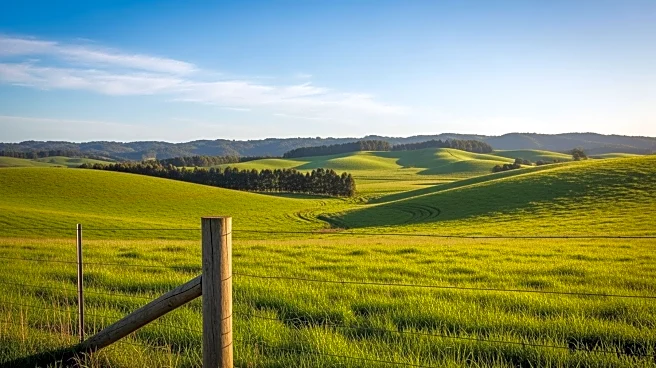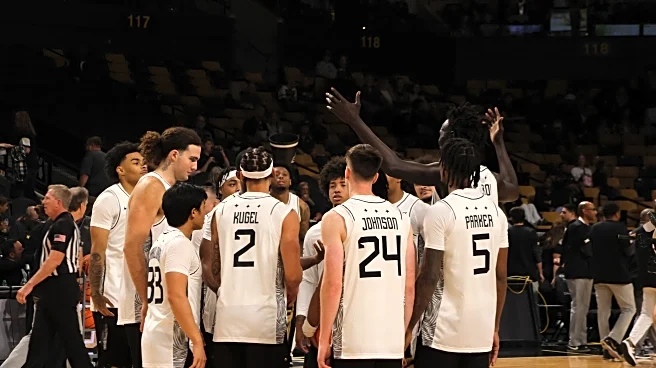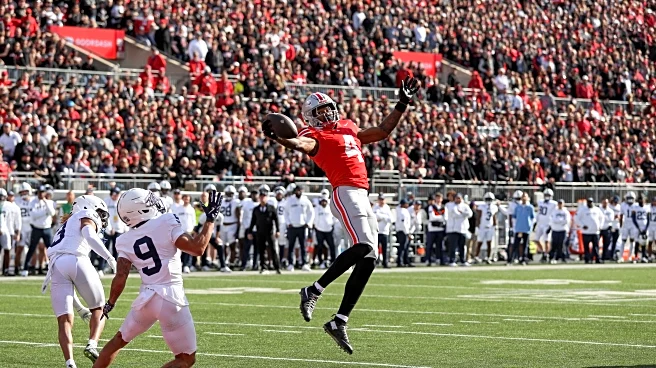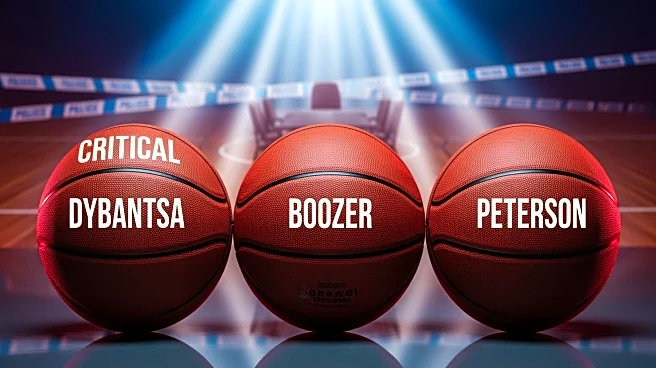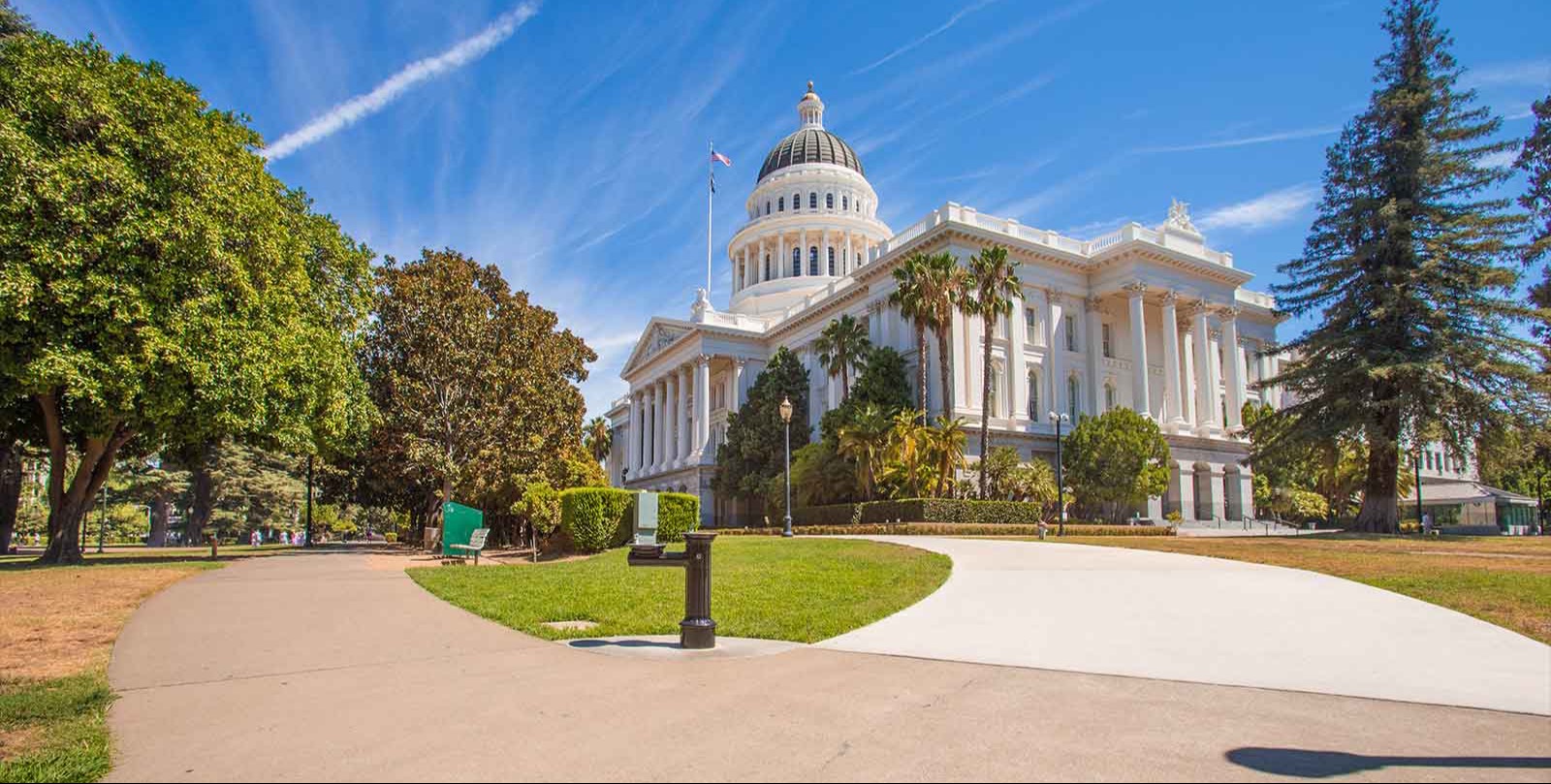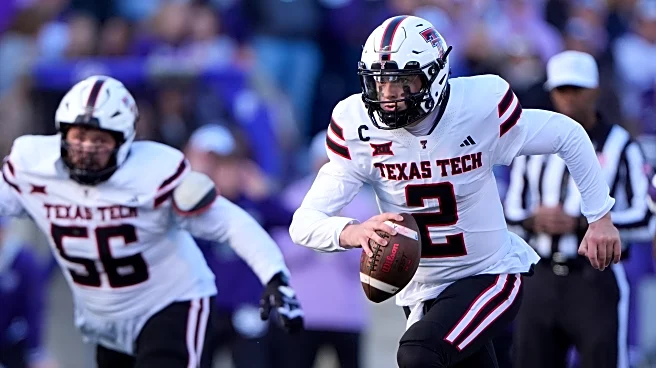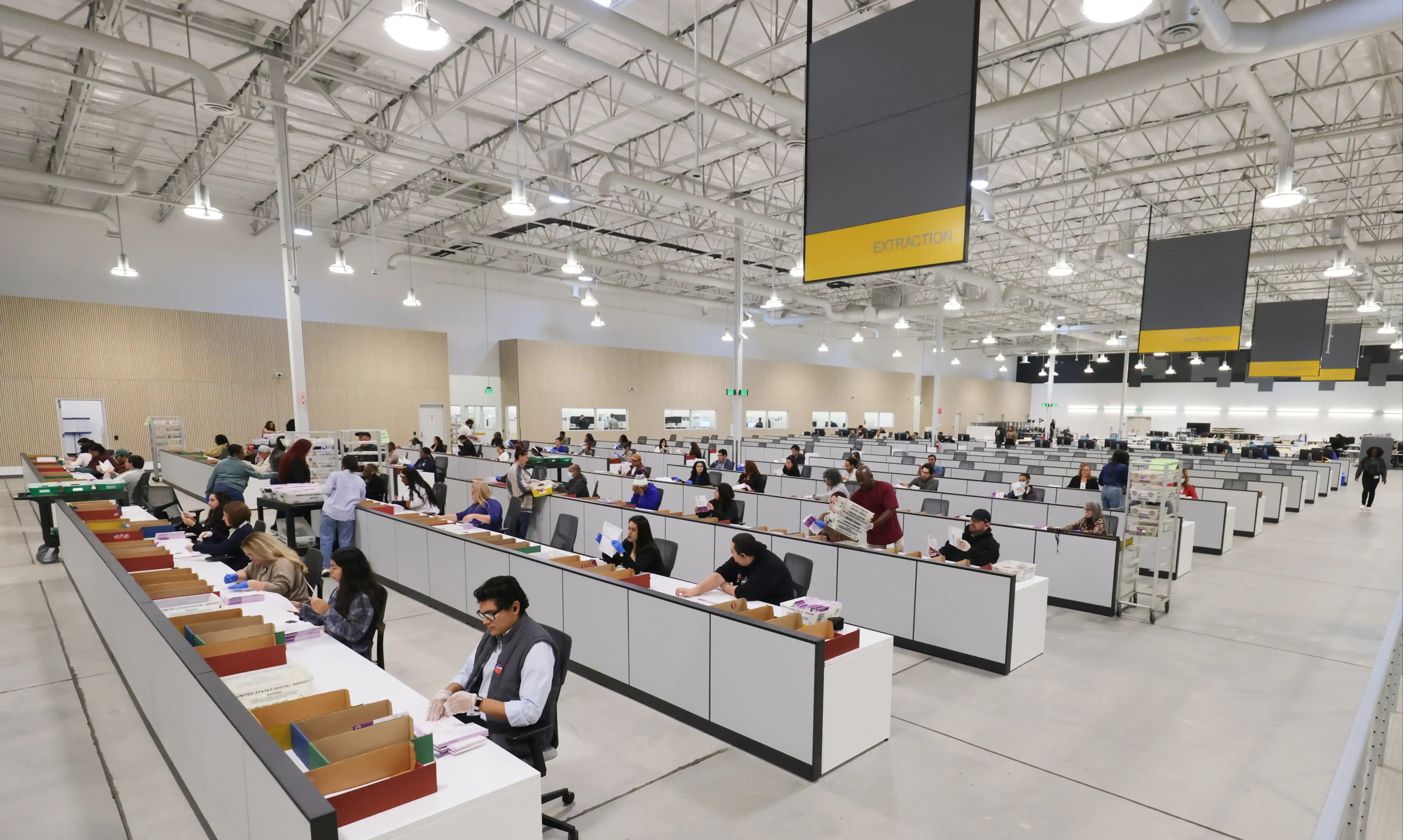What's Happening?
Recent data from the USDA indicates a slowdown in the growth of farmland values across key agricultural states such as Kansas, Iowa, and Nebraska. After experiencing double-digit percentage increases between 2021 and 2022, the growth rate has now stabilized
to single digits. Kansas saw a decrease from 22.8% growth in 2021-2022 to 8.0% in 2023-2024, while Iowa's growth rate dropped from 19.7% to 4.2% over the same period. Factors contributing to this slowdown include high interest rates, increased operational costs, and competition from institutional investors. Despite the deceleration, farmland values continue to rise, albeit at a slower pace.
Why It's Important?
The slowing growth in farmland values has significant implications for the agricultural sector. High interest rates and operational costs are limiting the ability of local farmers to compete with institutional investors, potentially altering the landscape of land ownership. This trend could affect farmers' ability to leverage land as collateral for loans, impacting their financial stability. Additionally, the shift in ownership dynamics may influence future agricultural production and rural community structures.
What's Next?
Experts predict that the slowdown in farmland value growth may continue due to persistent high interest rates and operational costs. Farmers may need to explore alternative financing options or partnerships to maintain competitiveness. The market may also see increased interest from institutional investors seeking stable, inflation-resistant assets, further influencing land ownership patterns.
Beyond the Headlines
The demographic shift in land ownership, with a significant portion owned by individuals over age 65, raises concerns about the future of farmland. As these lands change hands, there may be opportunities for new entrants in the agricultural sector, but also challenges in maintaining traditional farming practices. The role of institutional investors could lead to changes in land use, potentially impacting local ecosystems and community dynamics.
